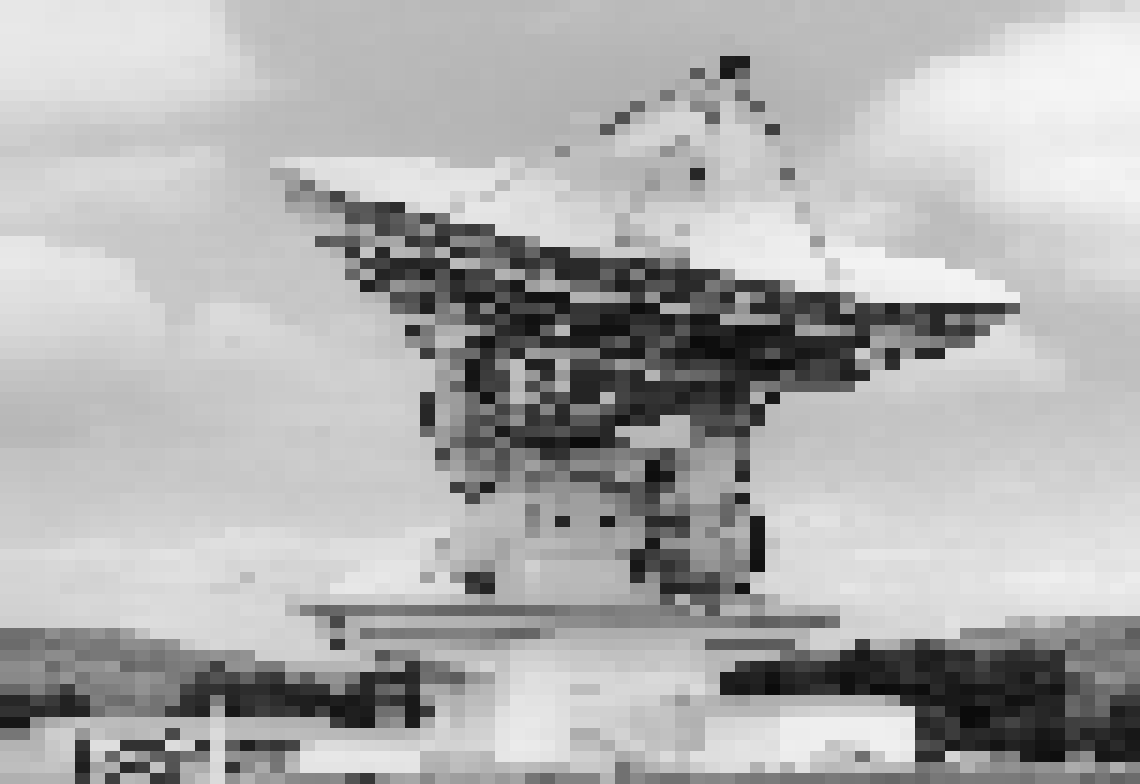

A supernova remnant catalog is available on the World-Wide-Web at http://www.mrao.cam.ac.uk/surveys/snrs.
| (a.) | loading image processing software |
| (b) | loading FITS images |
| (c) | spiral galaxy |
| (d) | mathematical analysis |
| 1. | Navigate to the SIP icon on the CDROM and open the program. | |||||||
| 2. | Read the opening paragraph titled: 'How to process images with SIP' | |||||||
| 3. | Skip down and read the paragraph titled: 'Image analysis' | |||||||
| 4. | Choose 'back to SIP homepage'. Open SIP program using button. | |||||||
| 5. | Choose FILE OPEN; IMAGE FILE FROM USER'S MACHINE | |||||||
| 6. | Choose 'gpa' and filter; filter lists available files. Choose VIEW; change IMAGE DISPLAY PARAMETERS | |||||||
| 7. |
|
| 1. | Choose ANALYZE and Determine Centroid or Instrumental Magnitude of Object. Take readings of x- and y-position, object instrumental magnitude, and object flux for the 10 brightest objects. Record this data in your data table. |
| 2. | Which object is brightest and which object is least bright at 8.35 GHz? |
| 3. | How does the brightness of radio sources compare with the same objects at visible wavelengths? |
|
|
|
|
| Previous | Up | Next |